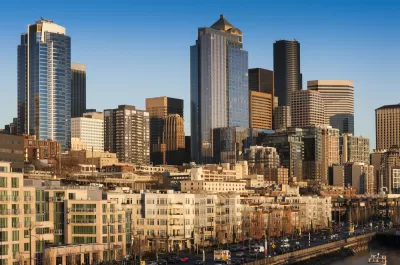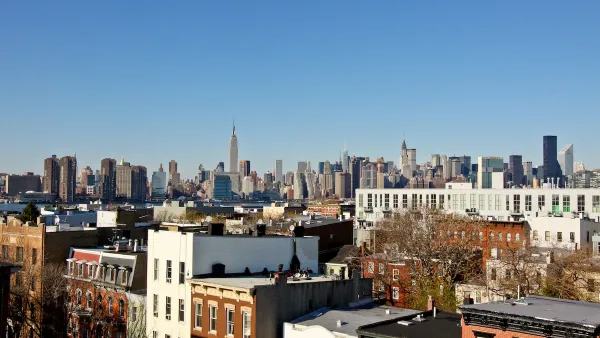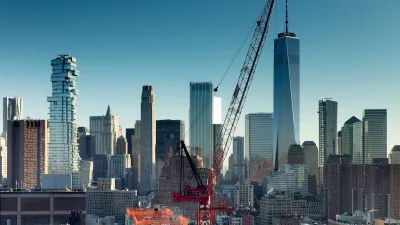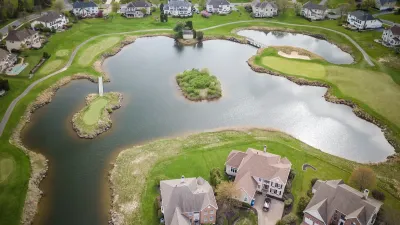For many young families, it’s simply impossible to find affordable housing in cities, leading them to the suburbs not by choice, but by necessity.

Writing in Vox, Rachel M. Cohen points to the outmigration of families to suburban houses and asks, “where are all the apartments for families?”
While some young families do seek out the benefits of suburban living, Cohen argues that “for many other young people looking to start families, the choice to stay in the city or move to the suburbs doesn’t feel much like a choice at all. There simply aren’t many family-oriented housing options in cities, let alone ones young couples could afford.”
Although cities and states are beginning to loosen zoning restrictions to encourage more housing production, this housing often doesn’t reflect the needs of growing families. “even in places that have loosened their zoning rules and authorized new housing construction, the overwhelming majority of new units are studios or one- and two-bedroom apartments, built with singles, childless couples, and adult roommates in mind.”
For Cohen, “zoning reform is necessary but not sufficient” to provide not only sufficient housing, but housing that fits the needs of all household types. While upzoning is ‘fundamental’ to creating more affordable housing, other policies, such as single-staircase reform, are needed to encourage family-oriented housing.
“Other barriers include regulations like minimum lot sizes, ‘set-back’ requirements that give towns power to dictate how far back from the curb a home can be built, and ‘floor-area ratios’ — the ratio of a building’s total floor area to the size of the land on which it’s built.” Cohen also points to the difficulty of acquiring financing for family-oriented projects from ‘risk-averse’ banks.
FULL STORY: Where are all the apartments for families?

Planetizen Federal Action Tracker
A weekly monitor of how Trump’s orders and actions are impacting planners and planning in America.

Maui's Vacation Rental Debate Turns Ugly
Verbal attacks, misinformation campaigns and fistfights plague a high-stakes debate to convert thousands of vacation rentals into long-term housing.

San Francisco Suspends Traffic Calming Amidst Record Deaths
Citing “a challenging fiscal landscape,” the city will cease the program on the heels of 42 traffic deaths, including 24 pedestrians.

Amtrak Rolls Out New Orleans to Alabama “Mardi Gras” Train
The new service will operate morning and evening departures between Mobile and New Orleans.

The Subversive Car-Free Guide to Trump's Great American Road Trip
Car-free ways to access Chicagoland’s best tourist attractions.

San Antonio and Austin are Fusing Into one Massive Megaregion
The region spanning the two central Texas cities is growing fast, posing challenges for local infrastructure and water supplies.
Urban Design for Planners 1: Software Tools
This six-course series explores essential urban design concepts using open source software and equips planners with the tools they need to participate fully in the urban design process.
Planning for Universal Design
Learn the tools for implementing Universal Design in planning regulations.
Heyer Gruel & Associates PA
JM Goldson LLC
Custer County Colorado
City of Camden Redevelopment Agency
City of Astoria
Transportation Research & Education Center (TREC) at Portland State University
Jefferson Parish Government
Camden Redevelopment Agency
City of Claremont





























